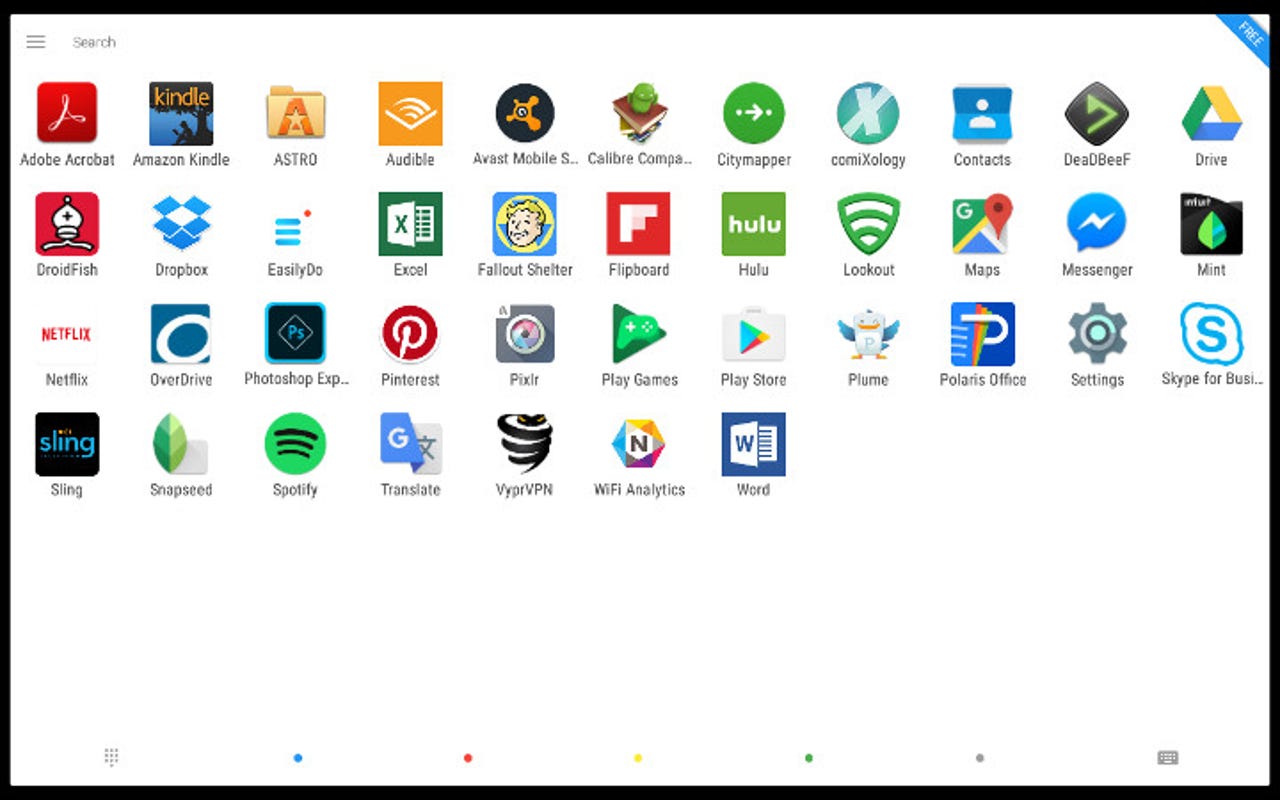Android apps on Chromebook review: Is it ready for mainstream use?

I've been waiting for Android apps to work on Chromebooks for some time now. My wait is over. Google has finally made it possible for most of the 1.5-million plus Android apps to run on ChromeOS.

Yes you can indeed run many, if not all, Android apps on a Chromebook.
First, the good news: Installing Android compatibilty and apps on supported Chromebooks is easy today. By the end of the summer, Android support will automatically be added to most late-model Chromebooks. Second, most, but not all Android apps work flawlessly on Chromebooks.
Now, for the not so good news. At the moment, only one Chromebook, the ASUS Chromebook Flip, can run Android apps. Others such as the 2015 Chromebook Pixel and the Acer Chromebook R11 will be able to run Android apps in the next few weeks.
After that most newer Chromebooks will be able to run Android apps. Chromebooks that are two or more years older won't be supported. These include models such as the 2013 Chromebook Pixel, which is still more powerful than most Chromebooks, and 2012's ground-breaking Samsung S5 550 Chromebook.
Some applications simply won't run that well on Chromebooks because most Chromebooks don't have the necessary hardware. These include:
- Apps that require carrier-provider texting (SMS) or phone.
- Apps that require GPS
- Apps that require a rear camera
Except for the camera, there are work-arounds for all of these. For example, WhatsApp, a universal instant message (IM) client, doesn't work on Chromebooks because of their lack of SMS. But, Facebook Messenger, another popular IM client that now supports SMS, does work on Chromebooks.
GPS-based apps, such as Google Maps, won't be nearly as accurate on a Chromebook without GPS. But thanks to Wi-Fi access point (AP) location services, they can still be useful navigating in cities and suburbs.
The vast majority of other applications work flawlessly. With well over a million apps, I can't look at more than a small fraction, but out of the hundred or so I've tried, the only one that's out and out failed for me was Bethesda Game Studio's popular Fallout Shelter game.
Most of my favorites apps, such as Amazon Kindle, Audible, and Netflix, worked well on my ASUS Chromebook Flip. Some, however, aren't supported on Chromebooks, or at least they aren't yet. These included my airline apps, Fandango, Uber, and Yelp. In most of these cases, I strongly suspect it's because they're hardwired to work with GPS services.
On the other hand, business apps, such as Adobe Acrobat, Polaris Office + PDF, Skype, and the Microsoft Office programs, ran without a hitch. Most business programs, which work best with a keyboard, actually work far better on my Chromebook than they ever did on my Nexus 7 tablet or Samsung Galaxy S7 smartphone.
I was also happy to find that some apps I did not expect to work on a Chromebook did just fine. For example, I'd been told that custom launchers wouldn't work. Since, for now, Android apps and Chromebook apps are kept together I saw that as a potential problem. Instead, I found that my favorite custom launcher, App Swap Drawer, an app drawer, made managing Android apps on Chromebooks a cinch.
Smartphones
That's not to say it's all wine and roses with Android apps on Chromebooks. As you'd expect with a beta program there are some quirks.
For example, other than making them full-screen you can't resize Android apps ... yet. My understanding is that when Chromebooks start supporting Android N instead of Marshmallow, you'll be able to change the apps' window sizes. For now, Android apps take up either about 70 percent of the screen or all of it. That's makes running multiple apps at once very difficult.
If you're running more things than one, video apps must have the focus to run. Sometimes, they'll run in the background. If you, like me, run YouTube music videos in the background for music, you won't be happy. Since Android N supports a split-screen, this problem should go away by the end of the fall.
Last, but not least, you are running apps that were designed to run with a touchscreen and not a mouse and keyboard. Now, on the ASUS Chromebook Flip, which is both a tablet and a laptop, that's not a problem. But without a touchscreen I can guarantee you running some Androids apps is going to be downright annoying.
App notifications is just ... flaky. Sometimes I'd get a Google Hangouts or Facebook Messenger notification when the program wasn't on top, sometimes I wouldn't. I'll put this down as a teething problem as Google continues to refine Android on ChromeOS.
Is Android on Chromebook ready for mainstream use? Not quite yet. But, I can see it from where it is now. I've long thought that Chromebooks could replace Windows PCs. Now, with Android apps, I can see people choosing $200 Chromebooks over $400 Windows 10 laptops. Windows' last stronghold, the desktop, finally has some real competition.
Related Stories: